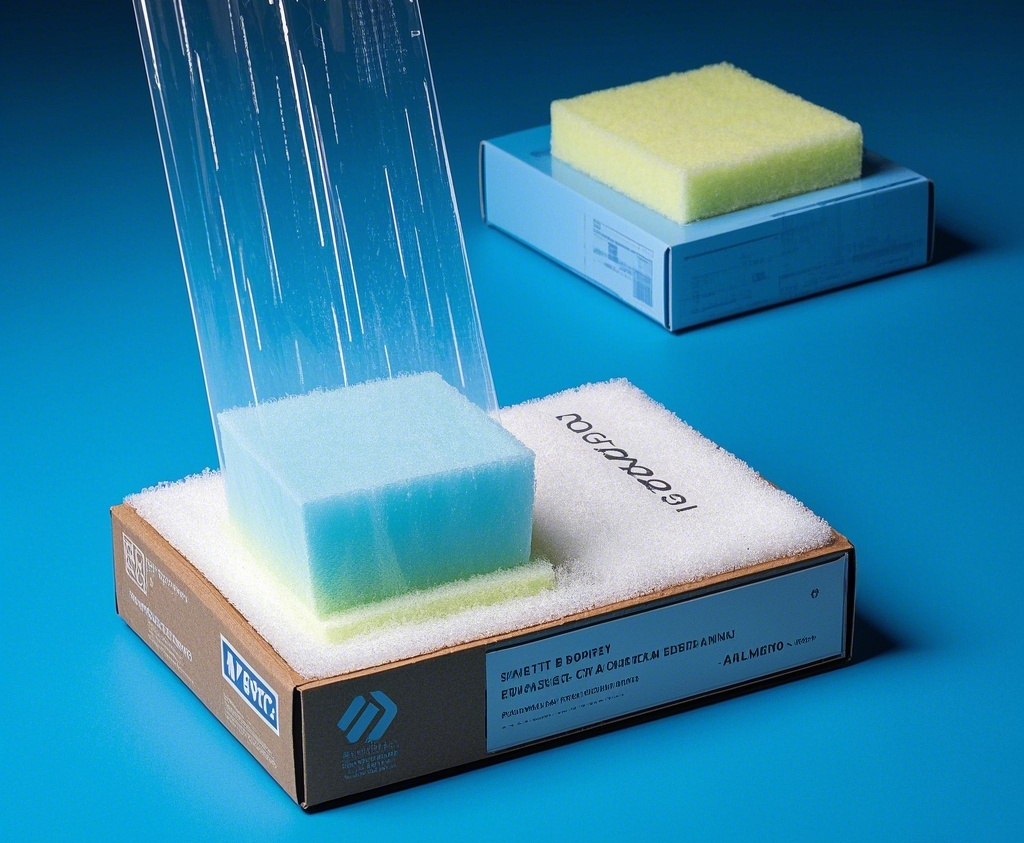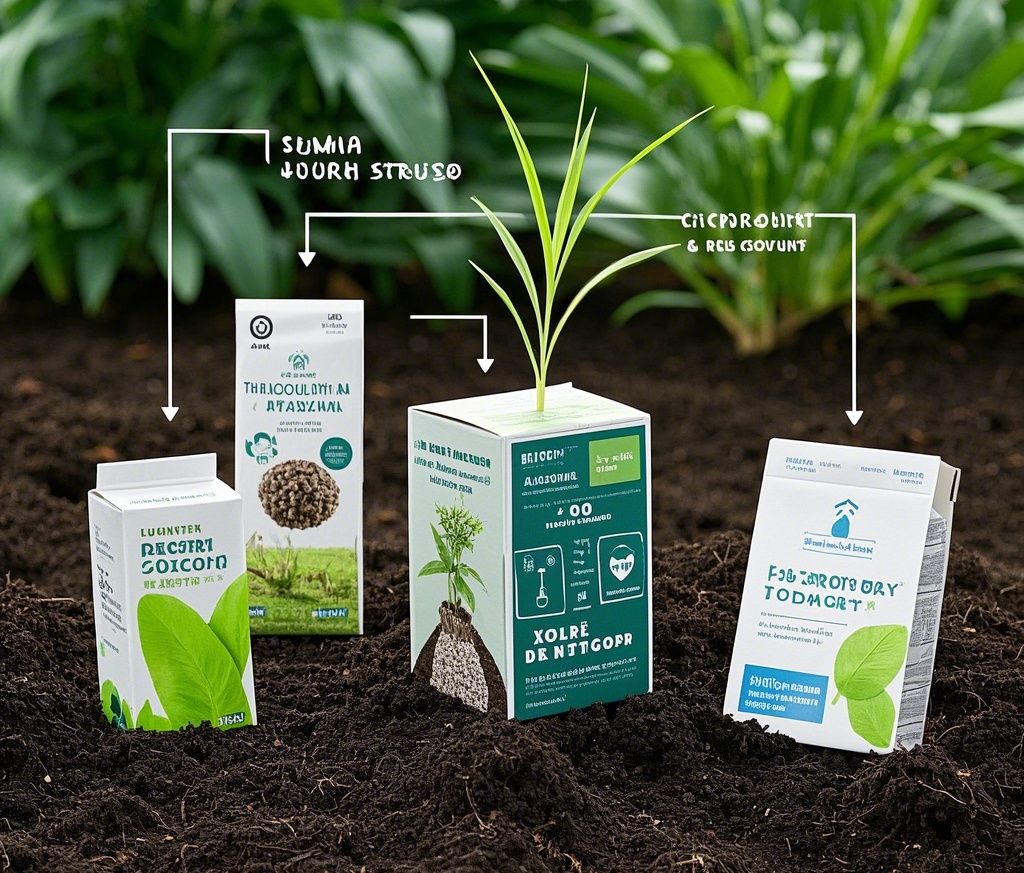Minimalist packaging: A silent Green revolution
In 2025, the global packaging waste is expected to break through 500 million tons today, when consumers open the mobile phone box found that the buffer material is made of rice husk fiber, tear the cosmetics outer box to feel the warm touch of degradable film, a cognitive revolution on packaging design is quietly taking place. Minimalist packaging is no longer a compromise at the expense of product protection, but through the deep integration of material science and engineering aesthetics, to achieve the perfect balance of commercial value and ecological responsibility.
1 A paradigm shift from "over-protection" to "precise protection"
Traditional packaging design has "safety redundancy" phenomenon, a well-known brand of mineral water has used three layers of packaging structure to protect glass bottles, actual logistics tests show that a single layer of honeycomb cardboard can achieve the same protection effect. Modern packaging engineering uses finite element analysis technology, through the simulation of transportation vibration, temperature and humidity changes and other scenes, the protective material is accurately distributed to the millimeter level. A Japanese electronics brand used AI algorithms to optimize the structure of mobile phone packaging boxes, reducing weight by 30% while increasing compressive strength by 45%.
2 Material innovation breaks through physical limits

The nanocellulose aerogel, developed at MIT, is five times stronger than conventional foam but weighs only a third as much. The intelligent color-changing ink developed by a packaging laboratory in Germany has automatic color warning when the humidity exceeds the critical value. These breakthrough materials are reshaping the logic of packaging protection: not by material thickness, but by molecular structure optimization to achieve an exponential increase in protection performance.
3 Ecological reconstruction of design thinking

Apple has reduced the size of the iPhone box to 1/7 of the original product, and created a unique unpacking experience while reducing shipping costs through ingenious origami structural design. This "less is more" design philosophy has led to a new trend of "functional integration" - integrating brand identity, instructions, anti-counterfeiting functions, etc. into a single packaging structure, reducing the use of additional materials.
4 The future direction of packaging evolution
 The concept of growable packaging is subverting traditional cognition: seed paper packaging can be directly buried in the soil after completing its mission to grow plants; Mycelium material automatically breaks down into organic fertilizer under certain conditions. The integration of Internet of Things technology enables packaging to have environmental monitoring functions and track product status in real time. Rather than sacrificing conservation performance, these innovations create a complete ecological loop from production to degradation.
The concept of growable packaging is subverting traditional cognition: seed paper packaging can be directly buried in the soil after completing its mission to grow plants; Mycelium material automatically breaks down into organic fertilizer under certain conditions. The integration of Internet of Things technology enables packaging to have environmental monitoring functions and track product status in real time. Rather than sacrificing conservation performance, these innovations create a complete ecological loop from production to degradation.
When an international wine industry group replaced plastic foam with 3D printed mycelium bottle holder, which not only ensured the safety of bottle transportation but also obtained the EU carbon neutral certification, we saw that minimalist packaging is not a simple subtraction game, but a systematic upgrade enabled by science and technology. This revolution is not only about the future of the packaging industry, but also indicates the profound transformation of human industrial civilization to ecological civilization. Driven by the wisdom of materials science and design, the vision of "less materials, more protection" is becoming a reality, writing a new chapter in sustainable development.
Contact: Gavin
Phone: +8613809623005
E-mail: Gavin@mingspak.com
Whatsapp:+8613809623005
Add: 4#,Langxiedong Street,Changan Town, Dongguan,China 523850
We chat
